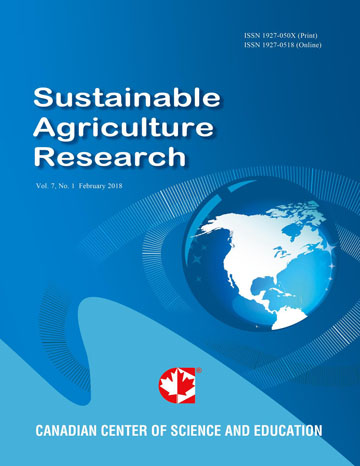Assessment of Low-cost Postharvest Techniques to Reduce Storage Losses in Sweet Potato
- Issah Sugri
- Bonaventure Kissinger Maalekuu
- Eli Gaveh
- Francis Kusi
- Salim Lamini
Abstract
Sweet potato is now classified among the high-priority crops targeted at reducing food insecurity and malnutrition in many countries. Despite this growing interest, high postharvest losses caused by poor handling, physiological weight loss, sprouting, weevil (Cylas spp.) damage, and microbial decay remain a challenge. Decay losses due to tip rot and other pathogenic fungi are a challenge in Ghana. Incidence of tip rot, which is characterized by a dry decay at either or both ends of roots, is severe due to late harvesting of roots which are intended for storage. This study evaluated a series of postharvest techniques which can be integrated to extend shelf-life in small scale storage. These include harvest maturity, root tip coppicing, hot water treatment, honey waxing, and sanitizing in postharvest chemicals. Root tip coppicing significantly (P
 PDF
PDF
